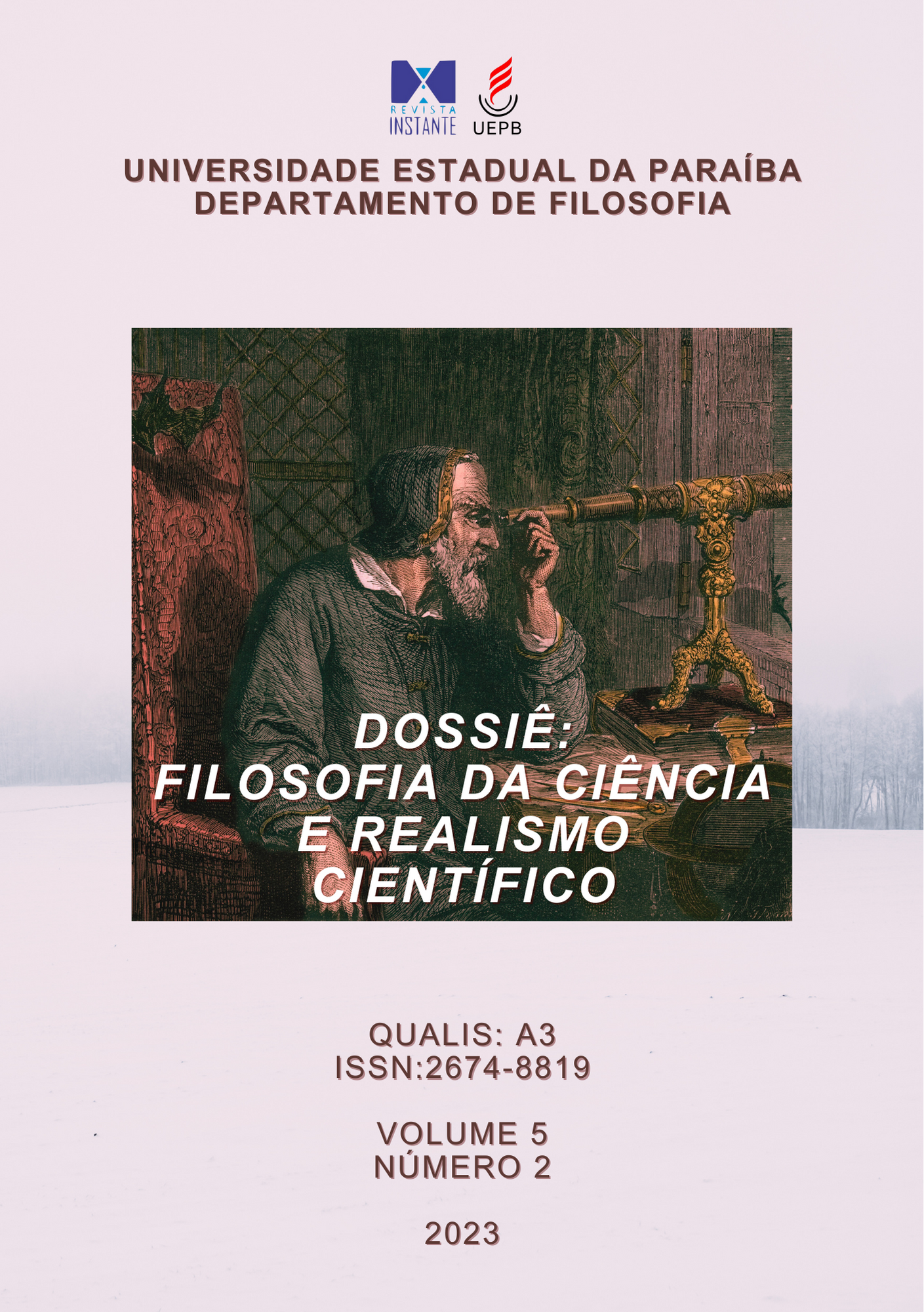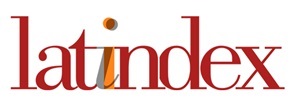Chemical realism and the two faces of Janus
Keywords:
realismo químico, filosofia da química, Ian Hacking, filosofia experimental, affordanceAbstract
The image of Janus, the Roman God of change and transformation, serves as a beautiful allegory of history and the philosophical, social, economic and environmental implications of chemical knowledge of materials. On the other hand, as the God of transitions, he can be seen as a symbol of creation, temporality, generation and composition. And if there is one thing that is the hard core of chemistry, it is the countless substances created and transformed by chemists every day. From an epistemic point of view, chemical knowledge has its own distinctive and unique mark: it lies between the realms of the theoretical and the practical, the abstract and the concrete. This is why Janus can ultimately mean the representational but also interventionist sphere of chemical science.
Within this context, a clear question arises: do the entities postulated by chemists at different times really exist? In the contemporary debate on the philosophy of chemistry, the emphasis of the question changes, because it is important to understand whether or not these chemical entities intervene in the phenomena studied. This is why, when proposing to reflect on the unobservable entities, that all chemists mobilize in their laboratories, in addition to the representative, theoretical, abstract side of this knowledge, we must emphasize its interventionist, practical and therefore operative and laboratory scope. We will argue here that it is possible to identify what we will call a practical and operative "chemical realism" throughout the history of chemistry.
References
BENSAUDE-VINCENT, Bernadette; SIMON, Johnathan. Chemistry: The Impure Science. London: Imperial College Press, 2008.
CARTWRIGHT, Nancy. How the laws of physics lie. Oxford: Oxford University Press, 1983.
__________. Nature´s capacities and their measurement. Oxford: Oxford University Press, 1989.
DALTON, John. New System of Chemical Philosophy. Manchester: Bickerstaff, 1808.
GIBSON, James J. The Ecological Approach to Visual Perception. Boston: Houghton Mifflin Harcourt, 1979.
GÖRS, Britta. Sous mes yeux voltigeaient les atomes. Les Cahiers de Science & Vie, Hors Série, n°42, Décembre, pp. 48-55, 1997.
GUYTON DE MORVEAU, Louis-Bernard ; LAVOISIER, Antoine et al. Méthode de nomenclature chimique. Introdution de Bernadette Bensaude-Vincent. Paris: Éditions du Seuil, 1994 [1787].
HACKING, Ian. Representar e Intervir- tópicos introdutórios da ciência natural. Rio de Janeiro: Editora UERJ, 2012.
HARRÉ, Rom. New Tools for Philosophy of Chemistry. Hyle – International Journal for Philosophy of Chemistry, 20, pp. 77-91, 2014.
HEMPEL, Carl G. Aspects of scientific explanation and other essays in the philosophy of Science. New York: The Free Press, 1965.
HOFFMANN, Roald. O mesmo e o não-mesmo. Trad.: Roberto Leal Ferreira. São Paulo: Editora Unesp, 2000.
KLEIN, Ursula. The Creative Power of Paper Tools in Early Nineteenth-Century Chemistry. In KLEIN, Ursula (Ed.). Tools and Modes of Representation in the Laboratory Sciences. Dordrecht: Springer, 2001, pp. 13-34.
KOUNELIS, Catherine, CHAIROPOULOS, Patricia. Les débus d’une longue querelle. Les Cahiers de Science & Vie, Hors Série, n°42, Décembre, pp. 15-22, 1997.
LATOUR, Bruno. Jamais fomos modernos: Ensaio de antropologia. São Paulo: Editora 34, 2019.
LAVOISIER, Antoine. Traité Élémentaire de Chimie. Présenté dans un ordre nouveau et d’apès les découvertes modernes. Bruxelles: Culture et Civilisations, 1965 [1789].
MENDELEEV, Dimitri. Principes de chimie. v. 1. Traduzido do russo por M. E. Achkinasi & M. H. Carrion. Paris: Bernard Tignol, 1890, p. 476.
OLIVEIRA, Tiago Luis Teixeira. Uma proposta em dois passos para reabilitar o realismo experimental. Kriterium, 60, 144, pp. 727-748, 2019.
PERRIN, Jean. Les atomes. Paris: Gallimard, 1970.
REINHARDT, Carsten; TRAVIS, Anthony S. Aspects of paper tools in the Industrial-Academic Context: Constitutions and Structures of Aniline Dyes, 1860-1880. In KLEIN, Ursula (Ed.). Tools and Modes of Representation in the Laboratory Sciences. Dordrecht: Springer, 2001, pp. 79-94.
ROCKE, Alan. Chemical Atomism and the Evolution of Chemical Theory in the Nineteenth. In KLEIN, Ursula (Ed.). Tools and Modes of Representation in the Laboratory Sciences. Dordrecht: Springer, 2001, pp. 1-11.
SCERRI, Eric. The Periodic Table: The Ultimate Paper Tool in Chemistry. In KLEIN, Ursula (Ed.). Tools and Modes of Representation in the Laboratory Sciences. Dordrecht: Springer, 2001, pp. 163-178.
VAN FRAASSEN, Bas C. A imagem científica. Trad.: Luiz Henrique de Araújo Dutra. São Paulo: Editora UNESP, 1980.
VANDERBES, Jennifer. Wonder Drug: The Secret history of thalidomide in America and its hidden victims. New York: Random House, 2023.
VIHALEMM, Rein. Philosophy of Chemistry against Standard Scientific Realism and Anti-Realism. Philosophia Scientie, 19, 1, pp. 99-113, 2015.
VOLMER, Sara H. Space in Molecular Representation; Or How Pictures Represent Objects. In BAIRD, Davis.; SCERRI, Eric. & MCINTYRE, L. (Ed.). Philosophy of Chemistry. Dordrecht: Springer, 2006, pp. 293-308.
ZATERKA, Luciana; MOCELLIN, Ronei C. Ensaios de história e filosofia da química. São Paulo: Ideias&Letras, 2022.
ZEIDLER, Pavel. The epistemological Status of Theorical Models of Molecular Structure. Hyle – International Journal for Philosophy of Chemistry, v. 6, p. 17-34, 2000.










